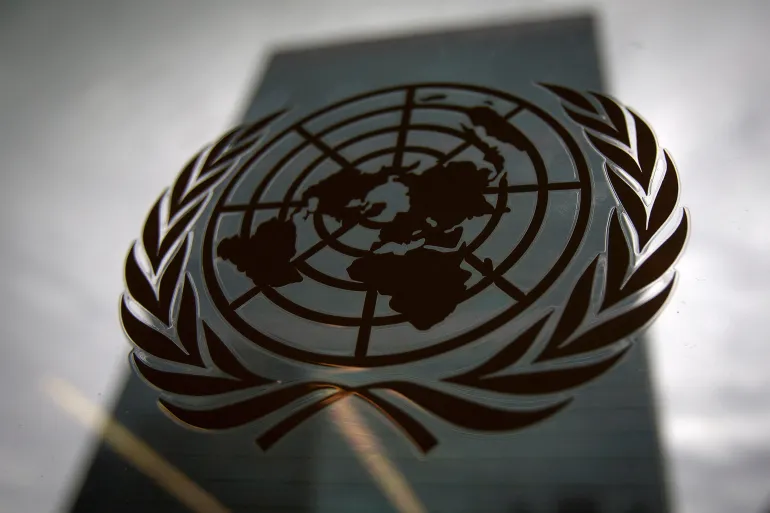The United Nations has confirmed sweeping cuts to its 2025 humanitarian aid funding envelope.
It warned that lifesaving programmes in conflict-torn and climate-stricken regions will shrink dramatically.
According to senior UN officials, a shortfall of donor pledges has forced the organisation to scale back food, health and shelter assistance across dozens of emergencies.
Including Gaza, Sudan, Somalia, Afghanistan and Yemen.
Why the gap in United Nations Aid?
Rising geopolitical tensions, competing crises and sluggish global growth have reduced donor contributions, leaving less than 30 % of the UN’s $56 billion appeal financed.
Immediate impact:
Food-aid rations will be halved for millions, vaccination campaigns paused and education projects suspended, heightening the risk of famine, disease outbreaks and mass displacement.
Regional spotlight:
- Horn of Africa—drought-hit communities in Somalia and Ethiopia now face deeper water and nutrition shortages.
- Middle East—Gaza’s fragile health system may lose critical medical supplies just as civilian casualties mount.
- Sahel & Sudan—conflict-displaced families could go without shelter or protection services during the 2025 rainy season.
Calls to Support United Nations Aid by Gulf donors
UN Emergency Relief Coordinator Martin Griffiths urged G-20 nations and Gulf donors to “step up fast” before the funding gap turns multiple emergencies into “irreversible catastrophes.”
Human-rights groups echo the call, stressing that every $1 delayed today multiplies tomorrow’s recovery costs.
Bottom line: Without an urgent cash injection, the UN’s pared-down aid package will leave over 100 million people without basic relief in 2025.
Donor governments and private philanthropies must act swiftly to prevent a wave of avoidable deaths.
Do you think that the United Nations aid will reach Somalia again or this is the end, let us know in the comments ⬇️?


